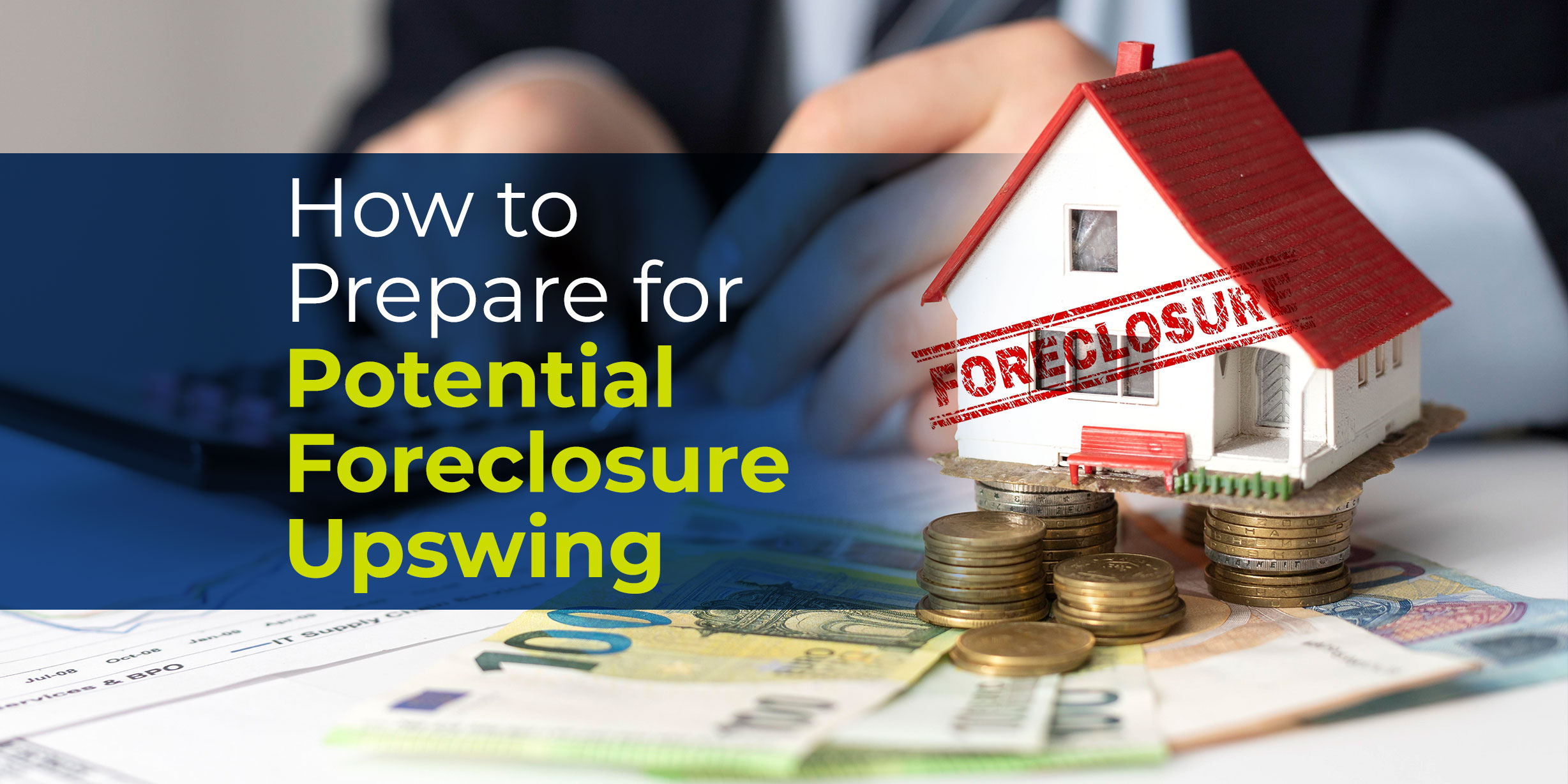In the aftermath of the pandemic, the US is expected to go through an upswing in loan foreclosures. The moratorium on foreclosures was lifted in July 2021, following which mortgage companies are now free to act on delinquent loans, bankruptcies, and default scenarios. As expected, property repossessions increased by 34% in Q2 2021, much higher than the previous year.
This trend is expected to continue through 2023, particularly as the economy comes under inflationary pressures. Add to that sweeping job losses in the tech sector (a recession signal), and it is clear that mortgage businesses must prepare for a potential foreclosure upswing. Fortunately, there are several measures you could take to optimize loan foreclosures, prevent them where possible, and ensure they are processed in a compliant and even profitable manner.
Read More: How Can Technology Help Analyze Loan Performance?
Understanding the Loan Foreclosure Process
A property loan has to undergo foreclosure when the borrower misses several consecutive payments. The first missed payment causes a default, and you, as the lender, must reach out to the customer to notify them of the same. Depending on your policies, you may offer a grace period of one or two weeks before considering it officially a default.
In the maximum number of cases, the missed payment is a one-off, and the borrower will furnish the requisite amount by the middle of the month. However, if they miss another payment, you may have to reach out more earnestly and work with the customer to help them catch up.
After three months (i.e., 90 days), the lender sends an official letter demanding the borrower accelerate payments. Now, there are three courses of action — the borrower can make payments and bring the loan back to good standing. You and the borrower work together to modify the loan, often with the help of lawyers or government agencies like the Federal Housing Authority. As a last resort, you may opt for a loan foreclosure.
This brings us to the actual loan foreclosure process.
- Under federal law, foreclosure proceedings can only begin once the borrower is 120 days or more past their due date.
- Depending on the state where you operate, you may have to go through nonjudicial or judicial foreclosures. The latter requires close collaboration with legal officials.
- The next step is to prepare for the foreclosure auction. Here, you publicly advertise the property and schedule the auction to be held within a few months after the notice of default.
- The property is sold to the highest bidder, also factoring in any outstanding taxes, liens, and other costs associated with it.
- If you don’t receive a viable bid, the lender becomes the owner and may attempt to sell the property through a broker. This is where property preservation also comes into play.
- The final step is eviction, which can take place any time after the auction. You may allow several days of leave so that the occupants can move their belongings comfortably.
It should be noted that the borrower is free to make payments and catch up on the loan at any point during the foreclosure proceedings up until the auction takes place. This often happens when an unemployed customer gets a new job or comes into an inheritance.
Read More: Understanding the Importance of Compliance in Mortgage Processes
Loan Foreclosure Upswing in 2023: Are You Ready?
2023 is poised to be a complex year for mortgage providers. On the one hand, declining delinquency can pave the way for greater origination volumes and more business. On the other hand, a volatile market means that there could be an upswing in loan foreclosures due to job losses and dramatic changes in disposable income. More foreclosures could even give the housing property market a boost in certain regions.
To prepare, mortgage providers need the following:
- Advanced data analytics: Data analytics, predictive modeling, and business intelligence dashboards help monitor loan health, default risk, and servicing progress across many borrower relationships. This allows you to anticipate the number of foreclosures in a fiscal year and prepare accordingly. Cutting-edge analytics may even offer suggestions on how to mitigate risk and prevent foreclosure by analyzing servicing data.
- Collaborative workflows and automation: A seamless loan foreclosure event involves many stakeholders across organizations, such as the lender, firms acting on your behalf, courts and legal counsel, regulatory agencies, the borrower’s legal team, etc. A connected workflow keeps all of these stakeholders informed whenever there is an update. It will also automatically transfer data across different systems, check documents, ask for approvals, and more.
- Increased capacity: A loan foreclosure is a time-consuming process, and if you cannot avoid it, you need the operational capacity to process it effectively. Many lenders choose to work with a loan foreclosure services company that lets you outsource to a trusted partner who will provide assistance across the pre-foreclosure to auction and handover stages and also with property preservation if necessary. When loan foreclosure volumes spike suddenly, outsourcing can be a useful tactic since you do not have to add any permanent capacity.
Read More: Strategies to Improve the Customer Experience of your Mortgage Services
At Nexval, we analyze economic crests and troughs to provide our clients with the assistance they need to navigate a complex market. Depending on how you approach it, loan foreclosures can be a challenge and an opportunity, making the most of available assets while curbing risk. Nexval’s digitally enabled solutions make it easier to service defaulting customers, stay compliant at both state and federal levels, and unlock the potential of every property asset and relationship.
Speak with our Tech Gurus to learn how.



